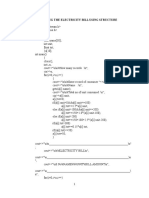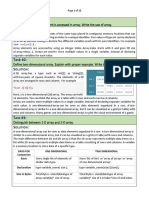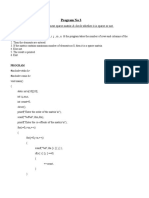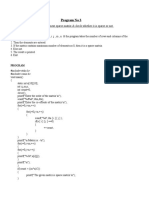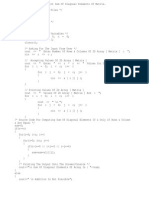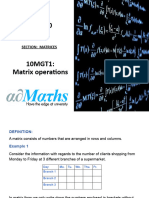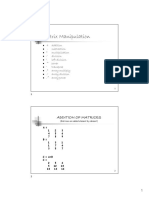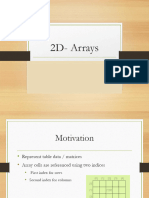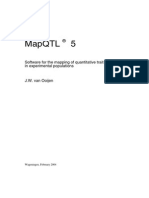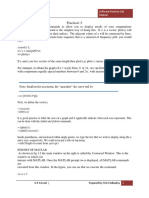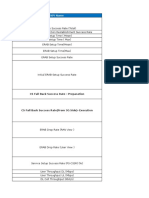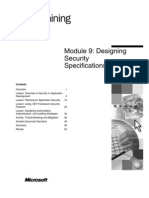0% found this document useful (0 votes)
23 views10 pagesTwo Dimensional Arrays
The document provides an overview of two-dimensional arrays, including their declaration, initialization, indexing, and memory allocation. It includes examples of C++ programs for various operations such as reading matrices, calculating sums of rows and columns, finding transposes, and representing sparse matrices in three-tuple form. Additionally, it explains how to read and manipulate two-dimensional arrays using nested loops.
Uploaded by
ebrahimsekh06sscribdCopyright
© © All Rights Reserved
We take content rights seriously. If you suspect this is your content, claim it here.
Available Formats
Download as DOCX, PDF, TXT or read online on Scribd
0% found this document useful (0 votes)
23 views10 pagesTwo Dimensional Arrays
The document provides an overview of two-dimensional arrays, including their declaration, initialization, indexing, and memory allocation. It includes examples of C++ programs for various operations such as reading matrices, calculating sums of rows and columns, finding transposes, and representing sparse matrices in three-tuple form. Additionally, it explains how to read and manipulate two-dimensional arrays using nested loops.
Uploaded by
ebrahimsekh06sscribdCopyright
© © All Rights Reserved
We take content rights seriously. If you suspect this is your content, claim it here.
Available Formats
Download as DOCX, PDF, TXT or read online on Scribd
/ 10

